Intro
Discover the average restaurant profit margin and boost your business with insights on food costs, labor expenses, and revenue management to maximize profitability.
The profitability of a restaurant is a crucial aspect of its success, and understanding the average profit margin is essential for owners, managers, and investors. Restaurant profit margins can vary significantly depending on factors such as the type of cuisine, location, size, and target audience. In this article, we will delve into the world of restaurant profitability, exploring the average profit margins, factors that influence them, and strategies for improvement.
Restaurants operate in a highly competitive industry, where small changes in profit margins can significantly impact the bottom line. The average profit margin for restaurants can range from 3% to 15%, with some high-end establishments reaching margins of up to 20%. However, these numbers can vary greatly depending on the specific circumstances of each restaurant. To better understand the average profit margin, it is essential to consider the different types of restaurants and their unique characteristics.
Restaurant Types and Profit Margins
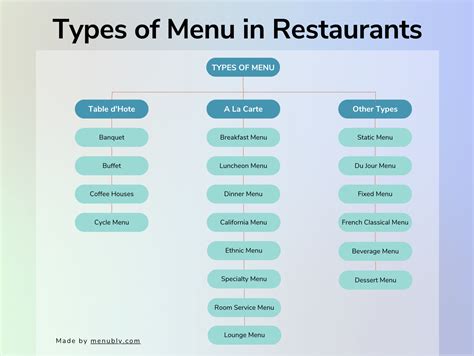
Different types of restaurants have distinct profit margins due to variations in food costs, labor expenses, and target audiences. For example:
- Fast-food restaurants typically have lower profit margins, ranging from 2% to 5%, due to high labor costs and low menu prices.
- Casual dining restaurants usually have profit margins between 5% to 10%, as they balance moderate menu prices with relatively high labor costs.
- Fine dining restaurants often enjoy higher profit margins, ranging from 10% to 20%, due to premium menu prices and lower labor costs.
Factors Influencing Restaurant Profit Margins
Several factors can significantly impact a restaurant's profit margin, including: * Food costs: The cost of ingredients, supplies, and inventory management can greatly affect profit margins. * Labor expenses: Staffing, training, and employee benefits can be a significant portion of a restaurant's expenses. * Menu pricing: The prices of menu items can directly impact revenue and profit margins. * Location: Rent, utilities, and local regulations can vary greatly depending on the location. * Marketing and advertising: Effective marketing strategies can attract customers and increase revenue, but they can also be costly.Strategies for Improving Restaurant Profit Margins
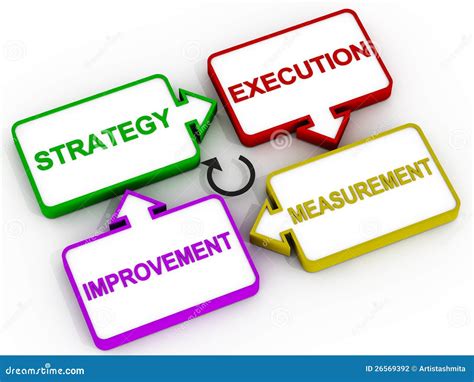
To improve profit margins, restaurants can implement various strategies, such as:
- Optimizing menu engineering: Analyzing menu items to identify opportunities for price adjustments and cost reductions.
- Implementing efficient inventory management: Minimizing food waste and optimizing inventory levels to reduce costs.
- Enhancing customer experience: Providing excellent service, ambiance, and quality food to increase customer loyalty and retention.
- Leveraging technology: Utilizing point-of-sale systems, online ordering, and mobile apps to streamline operations and improve customer engagement.
- Developing effective marketing campaigns: Targeting specific audiences and using social media, email marketing, and loyalty programs to attract and retain customers.
Best Practices for Restaurant Profitability
To maintain a healthy profit margin, restaurants should focus on the following best practices: * Monitor and control food costs: Regularly review inventory, suppliers, and menu pricing to ensure optimal cost management. * Optimize labor scheduling: Balance staffing levels with customer demand to minimize labor costs. * Invest in employee training: Provide ongoing training to improve service quality, reduce errors, and increase customer satisfaction. * Foster a positive customer experience: Encourage customer feedback, respond to reviews, and continuously improve the dining experience. * Stay up-to-date with industry trends: Attend conferences, workshops, and online courses to stay informed about the latest developments and best practices in the restaurant industry.Restaurant Profit Margin Benchmarks
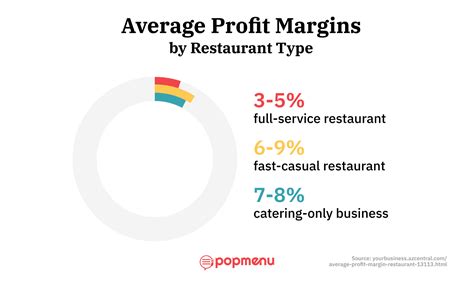
To evaluate a restaurant's profitability, it is essential to establish benchmarks and compare them to industry averages. Some key performance indicators (KPIs) for restaurants include:
- Food cost percentage: The percentage of revenue spent on food costs, aiming for 25-35%.
- Labor cost percentage: The percentage of revenue spent on labor costs, aiming for 25-35%.
- Net profit margin: The percentage of revenue remaining after deducting all expenses, aiming for 5-15%.
- Average table turnover: The number of tables turned per hour, aiming for 1.5-2.5.
- Customer satisfaction ratings: Measuring customer satisfaction through surveys, reviews, and feedback, aiming for 85% or higher.
Common Challenges in Restaurant Profitability
Restaurants face various challenges that can impact their profit margins, including: * High employee turnover rates: Recruiting, training, and retaining staff can be costly and time-consuming. * Rising food costs: Fluctuations in ingredient prices, supply chain disruptions, and food waste can increase costs. * Intense competition: The restaurant industry is highly competitive, with many establishments vying for customers' attention. * Changing consumer preferences: Shifts in dietary trends, preferences, and expectations can require restaurants to adapt their menus and operations. * Regulatory compliance: Restaurants must comply with various regulations, such as food safety, labor laws, and tax requirements.Restaurant Technology and Profitability

The use of technology can significantly impact a restaurant's profitability by:
- Streamlining operations: Automating tasks, such as inventory management, scheduling, and point-of-sale systems, can reduce labor costs and increase efficiency.
- Enhancing customer experience: Online ordering, mobile apps, and loyalty programs can improve customer engagement and increase revenue.
- Providing data insights: Analyzing sales data, customer behavior, and market trends can help restaurants make informed decisions and optimize their operations.
- Improving marketing efforts: Social media, email marketing, and targeted advertising can help restaurants reach their target audience and attract new customers.
Future of Restaurant Profitability
The restaurant industry is constantly evolving, with emerging trends and technologies shaping the future of profitability. Some key developments include: * Sustainable and eco-friendly practices: Restaurants are increasingly adopting environmentally friendly practices, such as reducing food waste, using locally sourced ingredients, and implementing energy-efficient equipment. * Plant-based and vegan cuisine: The growing demand for plant-based and vegan options is driving menu innovation and presenting opportunities for restaurants to attract new customers. * Delivery and take-out services: The rise of food delivery and take-out services is changing the way restaurants operate, with many establishments adapting to meet the growing demand for off-premise dining. * Virtual and ghost kitchens: The concept of virtual and ghost kitchens is gaining traction, allowing restaurants to operate without a physical dining space and reducing overhead costs.Restaurant Profit Margin Image Gallery

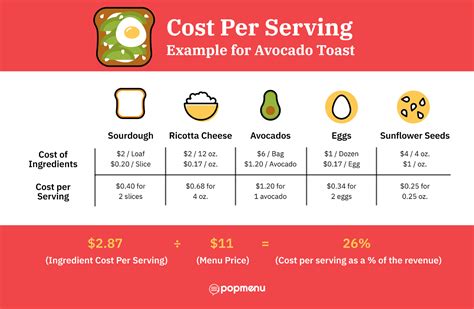

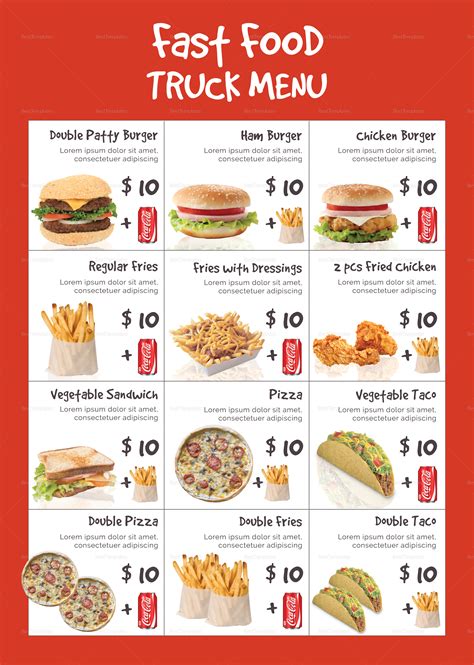

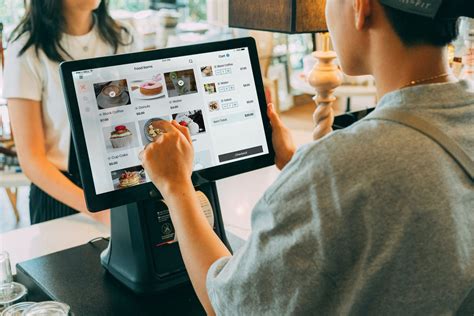


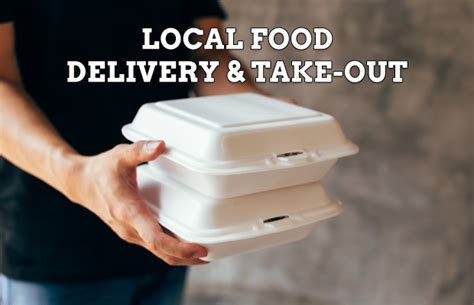

What is the average profit margin for restaurants?
+The average profit margin for restaurants can range from 3% to 15%, depending on factors such as the type of cuisine, location, and target audience.
What are the main factors that influence restaurant profit margins?
+The main factors that influence restaurant profit margins include food costs, labor expenses, menu pricing, location, and marketing and advertising efforts.
How can restaurants improve their profit margins?
+Restaurants can improve their profit margins by optimizing menu engineering, implementing efficient inventory management, enhancing customer experience, leveraging technology, and developing effective marketing campaigns.
What are some common challenges that restaurants face in terms of profitability?
+Common challenges that restaurants face in terms of profitability include high employee turnover rates, rising food costs, intense competition, changing consumer preferences, and regulatory compliance.
How can technology impact a restaurant's profitability?
+Technology can significantly impact a restaurant's profitability by streamlining operations, enhancing customer experience, providing data insights, and improving marketing efforts.
In conclusion, understanding the average profit margin for restaurants is crucial for owners, managers, and investors. By recognizing the factors that influence profit margins and implementing strategies for improvement, restaurants can increase their profitability and remain competitive in the industry. As the restaurant industry continues to evolve, it is essential to stay informed about emerging trends and technologies that can impact profitability. We hope this article has provided valuable insights into the world of restaurant profitability, and we encourage you to share your thoughts and experiences in the comments below.
